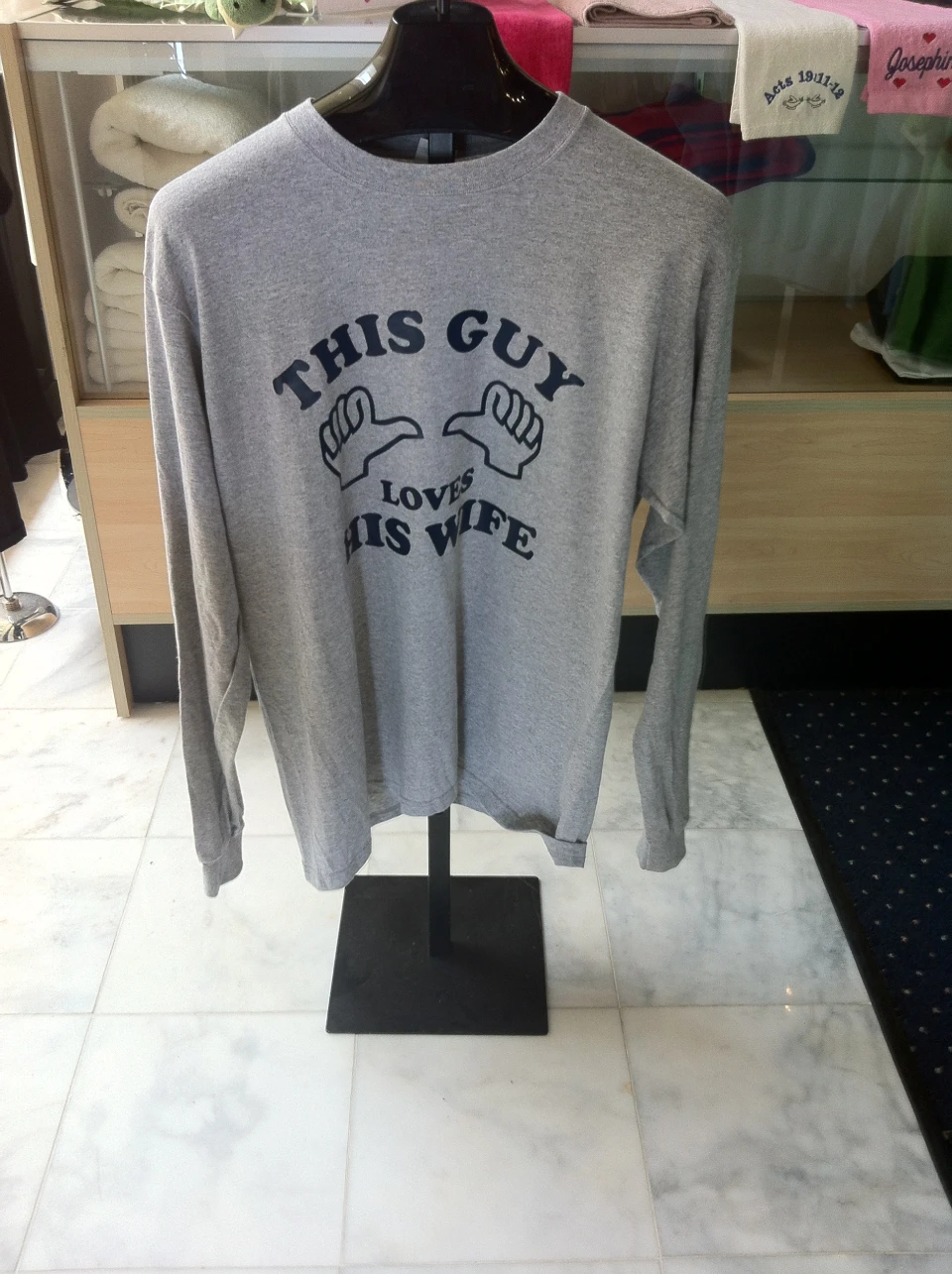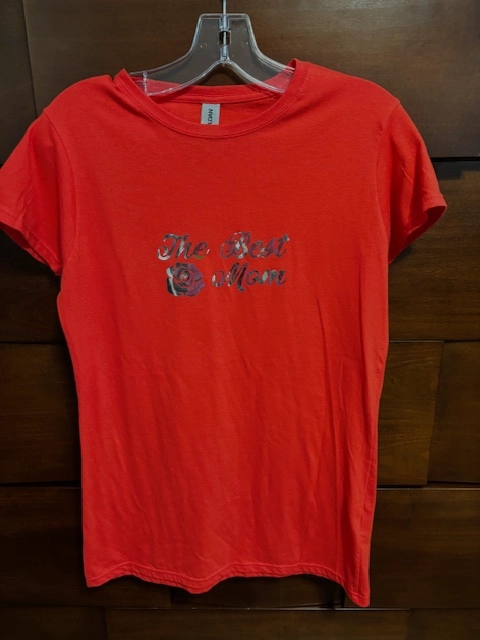Customized Mugs with Custom Embroidery Styles for an Unique Gift
Wiki Article
The Art of Personalized Needlework: Opening the Keys to Creating One-of-a-kind and Unforgettable Layouts
Embroidery, a craft soaked in practice and creativity, holds within its detailed stitches the power to transform material into a canvas of unique expression. The secrets to creating custom-made embroidery designs that captivate the eye and leave an enduring perception lie in a fragile equilibrium of method, creativity, and focus to detail. As we look into the world of custom-made embroidery, we discover the nuanced interaction between string choice, sew complexity, and layout personalization that boosts a plain garment to an artwork. Join us on a trip via the art of custom-made needlework as we decipher the enigmas behind crafting absolutely remarkable and distinctive developments.Picking the Right Needlework Threads
When selecting needlework strings, what essential aspects should you think about to make sure the very best outcomes for your custom styles? The selection of needlework string is critical in establishing the last outcome of your stitched design. One of the main factors to consider is the product of the string. Various products such as cotton, polyester, rayon, and silk offer differing levels of sheen, sturdiness, and appearance. It is important to select a string product that complements the textile you are embroidering on and straightens with the wanted look of the design.
Thicker strings can include dimension and texture to your style, while finer strings are suitable for detailed details and little text. Additionally, thinking about the color fastness and washability of the thread is crucial to make sure that your customized layouts keep their quality and vibrancy over time.
Checking Out Various Stitch Strategies
To dive into the realm of 'Exploring Different Stitch Techniques', one must comprehend the details and nuances that each sewing method gives the art of needlework. Various stitch techniques not just add visual rate of interest however also add to the total appearance and measurement of the layout. One preferred stitch strategy is the satin stitch, which involves carefully stuffed parallel stitches to develop a smooth and shiny surface area, perfect for filling out shapes and developing strong lays out.On the other hand, the backstitch is a versatile technique typically used for outlining and adding fine information. It entails sewing backwards to produce a strong line of needlework. Additionally, the French knot stitch adds a tactile aspect to layouts, ideal for producing textured accents like blossom facilities or ornamental touches.
Discovering various stitch techniques permits embroiderers to play with light, darkness, and depth within their layouts, boosting the aesthetic appeal and artistic quality of their needlework jobs. By understanding various sewing techniques, one can open endless opportunities for developing distinct and memorable custom-made needlework items.
Incorporating Personalized Design Aspects
Having discovered the complexities of various stitch techniques such as the satin stitch, backstitch, and French knot, the emphasis currently shifts in the direction of integrating customized design elements in custom needlework jobs. Personalized style elements play an important function in making needlework jobs absolutely special and remarkable.One more way to incorporate individualized design aspects is by including signs or concepts that hold unique definition to the recipient or reflect their rate of interests and individuality. Including a favorite flower, animal, or hobby-related sign can make the needlework layout much more significant and customized. In addition, selecting colors that reverberate with the recipient or straighten with the desired style can further boost the customization of the needlework project.
Grasping the Art of Color Sychronisation

One secret aspect of shade sychronisation is understanding shade theory. This includes understanding exactly how various colors interact with each other, the emotions they communicate, and how they can be integrated to create aesthetically appealing styles. By using shade theory concepts, embroiderers can create harmonious color combinations that improve the general use this link appearance of the design.
Additionally, focusing on contrast is important in color control. Using contrasting colors can aid certain elements of the design pop, boost readability, and develop a visually vibrant embroidery item. By understanding the art of color coordination, embroiderers can boost their designs and create memorable items that resonate with customers and audiences alike.
Enhancing Texture With Advanced Embroidery Stitches

French knots, as an example, are perfect for including tiny, elevated dots to your layout, resembling the look of beads or developing a textured surface. Bullion knots, on the other hand, can be used to produce twisted, ropelike aspects that include a lavish feeling to the needlework. Seed sewing entails small, scattered stitches that can fill in locations mens suit makers with a multicolor appearance, while turkey work produces fluffy, dimensional accents evocative animal fur or vegetation. Trying out these innovative needlework stitches enables you to press the boundaries of standard embroidery and develop really distinct and visually enticing structures in your styles.
Final Thought
Finally, the art of custom-made needlework entails a combination of choosing the ideal threads, discovering various stitch strategies, integrating tailored style elements, grasping color coordination, and enhancing structure with advanced stitches. By comprehending and applying these crucial elements, embroiderers can create unique and unforgettable styles that showcase their creativity and skill. Embroidery enthusiasts can unlock the secrets to developing lovely and custom pieces that stick out and leave a long-term perception.Report this wiki page